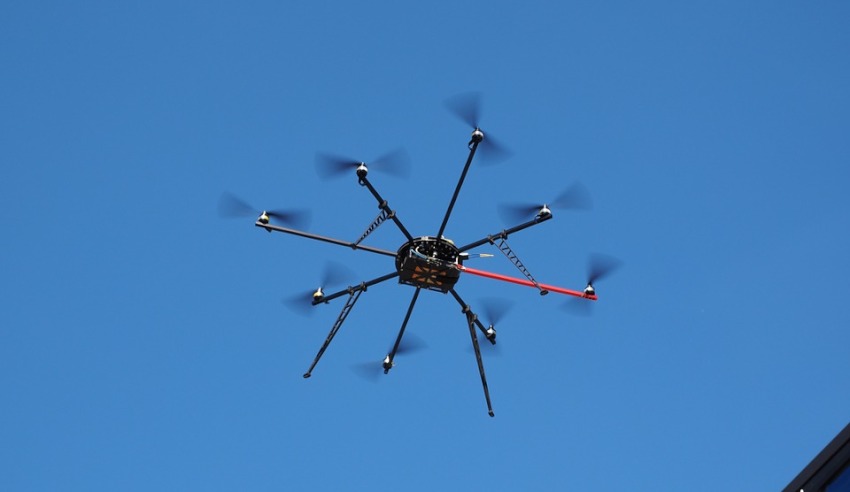Defence, Science and Technology (DST) Group’s Self-organising Communications and Autonomous Delivery Service (SCADS) project is proposing new-age drones to enhance the capabilities of Australian warfighters.
To continue reading the rest of this article, please log in.
Create free account to get unlimited news articles and more!
Defence researcher Robert Hunjet is running the SCADS project, and his team has proposed an unmanned autonomous system (UAS) that will allow the exchange of critical information to and from Australian warfighters in times of communication stress.
Hunjet and the team are using octocopters that fly themselves to test the proposed SCADS concept.
DST Group said one of the criticisms of current military drone usage is the existence of a control channel that can be jammed, causing the drone to return to base.
"If the decision-making and autonomous flight is embedded in the octocopter, then it can manoeuvre itself in a way that best achieves the mission goal,” Hunjet said.
"We are looking at having an onboard decision-making process that determines how it should move, given it has limited knowledge of surrounding components, so that the behaviour of the swarm is intelligent.
"If we were to send information to each of a 500 piece octocopter swarm, telling them where they should be, we would flood the network.
"We don’t want to use the network to co-ordinate the swarm of unmanned aerial vehicles."
SCADS has utilised swarm robotics – an approach to the co-ordination of multi-robot systems that consist of large numbers of mostly simple physical robots – to gather results for the project, which has so far been successful according to Hunjet.
"The power of swarm robotics and emergent behaviour is that we are talking simple implementation and low power on cheap platforms to give intelligent results," explains Hunjet.
"Think high-tech courier pigeons."
Hunjet says a SCADS swarm needs to learn what should be done in different contexts. In order to be able to gather information from the environment and control the unmanned systems in a platform-agnostic manner, DST has created software called Hardware Abstraction and Integration Layer (HAIL).
DST Group said this software allows the system to perceive the environment and modify the behavior of the UAV.
Machine learning algorithms will be run with simulations offline so the units understand what they should do in certain situations, much like the pre-mission training that our troops undertake before deployment. That is combined with a real-time feedback loop that allows SCADS elements to tune responses on the fly.
DST Group said, as an initial, readily implementable proof of concept, SCADS is exploring a stigmergy-based data ferrying approach. Stigmergy is the process of communicating through the marking of the environment.
The DST developed algorithm enables autonomous control of drone speeds to facilitate information exchange between disconnected network nodes.
Along with securing research agreements with several Australian universities, SCADS has also received support from the ADF.
“The support we’ve received from the ADF and academia indicates that we are on the right track," Hunjet said.
"We are now planning a three-year program with the US Navy Postgraduate School that will include progressively more complicated swarming trials in California and Woomera."

 Login
Login







